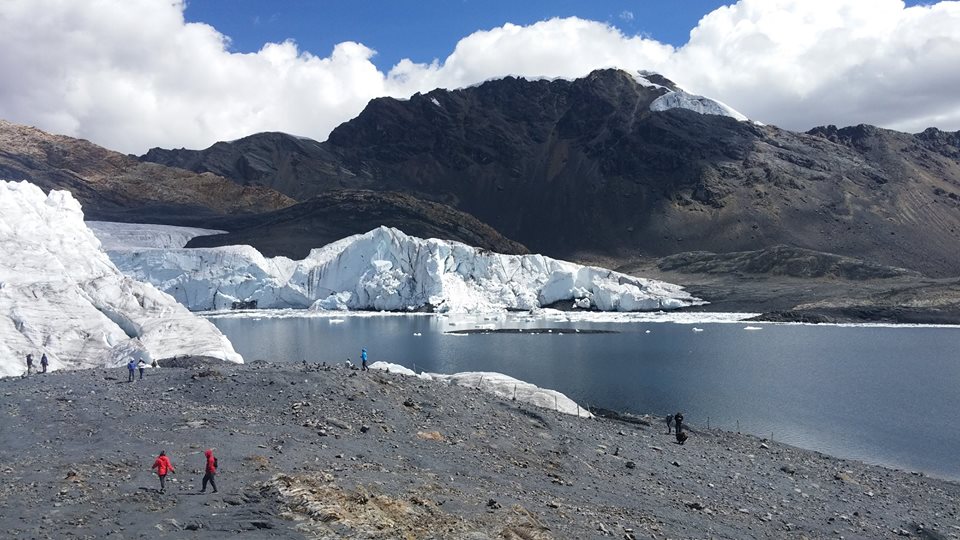The largest ice sheet in the world, the Antarctic ice sheet is losing mass at a much faster rate than previously thought. Researchers at NASA and the University of California, Irvine (UCI) examined changes of Antarctic ice loss rates over the past 40 years and determined that between 1979 and 1990, Antarctica has shed an average of 40 gigatonnes of ice mass annually. From 2009 to 2017, about 252 gigatonnes per year were lost.
With the excessive amounts of CO2 and other greenhouse gases (GHGs) being released into the atmosphere by human activities, the oceans are working overtime to act as the Earth’s moderator by absorbing the CO2 as well as trapping the excess heat. A study done by the University of Oxford demonstrated that between 1971 and 2010, the oceans have absorbed over 90 per cent of the excess heat gained by the planet. This immense accumulation of heat is the main driver behind sea level rise (SLR). This occurs from thermal expansion, the increasing amount of physical space water takes up when it is heated, and the effects that heat has on the circulation and flow of the ocean. The NASA-UCI report demonstrated the connection between ocean circulation and rising sea levels, and stated that by the end of the century, ocean warming could result in an SLR of 30 cm.
Ocean circulation is mainly driven by differences in water temperatures between the surface and bottom layers of the ocean, as well as between water at the poles and the tropics.
When excess heat is absorbed by the Earth System at a rapid rate, it alters geographical temperature differences of the air and water at a planetary scale. Changes in these temperature gradients further alter the circulation patterns of the ocean, causing warm water to pool in places that it previously hadn’t.
As stated in the report, rising GHG levels and depletion of the ozone layer have strengthened the westerly winds, bringing more warm, deep water to the surface of the Antactic ice sheet, leading to vigorous melting and faster flowing glaciers.
As a result, the report found Antarctica is now losing six times more ice mass annually than 40 years ago.
This is because the ice sheet is rapidly losing mass. These losses are largely on the sheet’s edge due to faster flowing glaciers, but no significant change in snowfall accumulation on the ice sheet has been recorded.
If the Antarctic ice sheet melted fully, the global SLR is estimated to be 57 metres. At the current melting rate, the Antarctic ice sheet will likely contribute many metres of SLR in the up-coming centuries.
The latest report by the Intergovernmental Panel on Climate Change (IPCC) warned of the devastating consequences of SLR and climate change if urgent action isn’t taken immediately. With regards to this, NASA and UCI echoed IPCC, stating that the need to stop or slow the rates of climate change is increasingly evident.
They also recommended the improvement of ocean observation and analysis to both better track SLR and estimate ocean heat content for the coming years, as it may be subject to even more rapid changes.





























